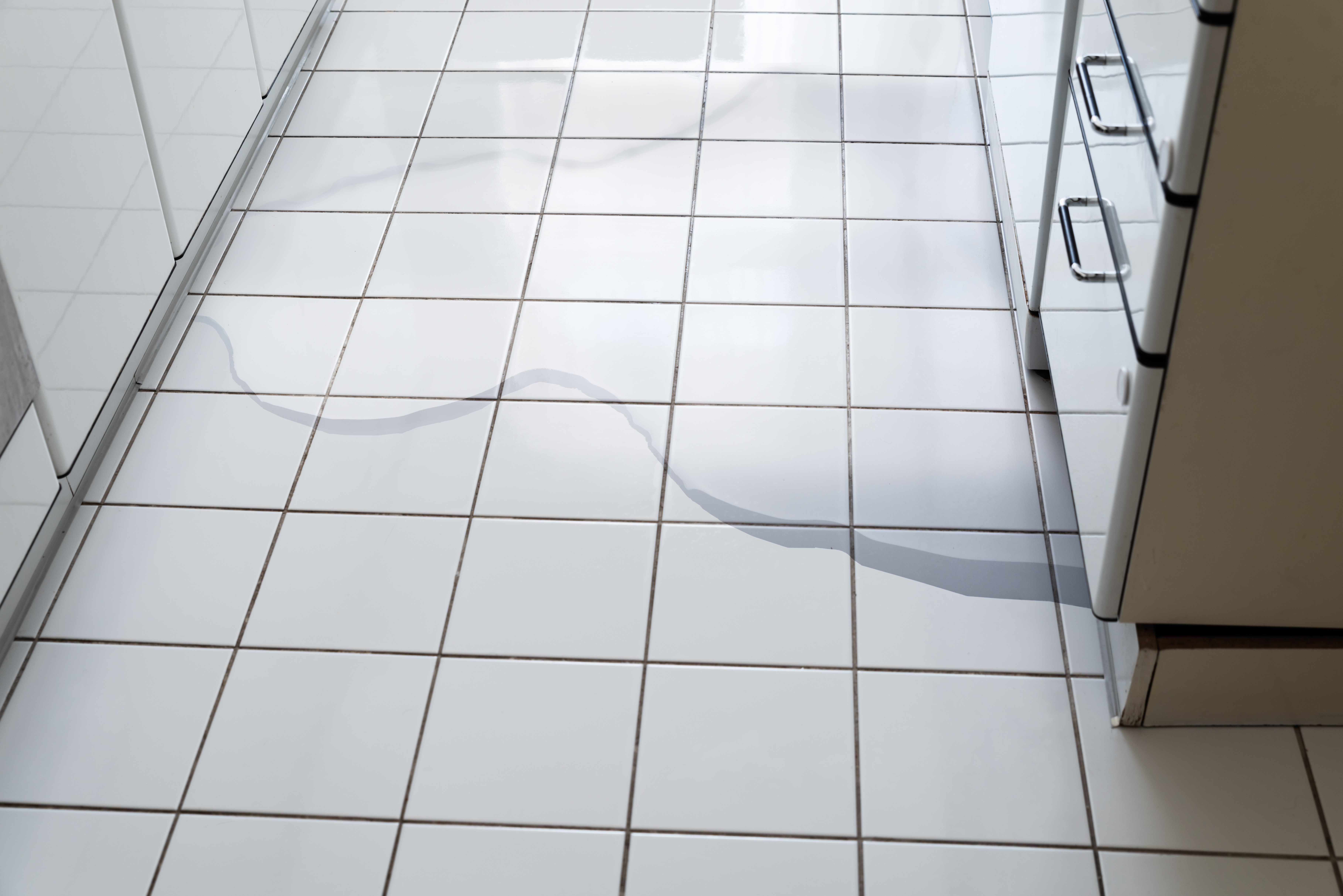
At a Glance:
How to Fix a Leaking Dishwasher Seal
How to Replace a Dishwasher Float Switch
How to Replace a Leaking Dishwasher Hose
When to Replace a Dishwasher Leaking from Bottom
Do you have a spare $6,965 in your bank account? If you don’t, then you also don’t have enough to cover the average water damage claim that over 14,000 homeowners encounter due to leaks throughout the home. Surprisingly, one of the biggest offenders might be your kitchen’s greatest ally — the dishwasher. Whether it’s damage to components, appliance age, and user habits, leaking is a common issue many users encounter at some point in a dishwasher’s lifespan.
That may all sound grim, but on the bright side, there’s usually an easy fix to the problem, and it’s often inexpensive too. If you’re dealing with a leaking dishwasher, here are five possible reasons your dishwashing machine is spilling water and how to fix the problem.
Explore More Dishwasher Deals
In-Stock DishwashersLearn More: 5 Best Stainless Steel Dishwashers
A Dishwasher Leaking from Bottom May be Because…
Dishwasher leaks happen for a number of reasons ranging from trivial to serious. The following are the most common reasons for a dishwasher leaking from bottom of door and how you can fix them yourself without the need for professional help.
✱NOTE: Before attempting any of these steps, make sure to disconnect your dishwasher from its power source and water supply.
A Clogged Dishwasher Filter
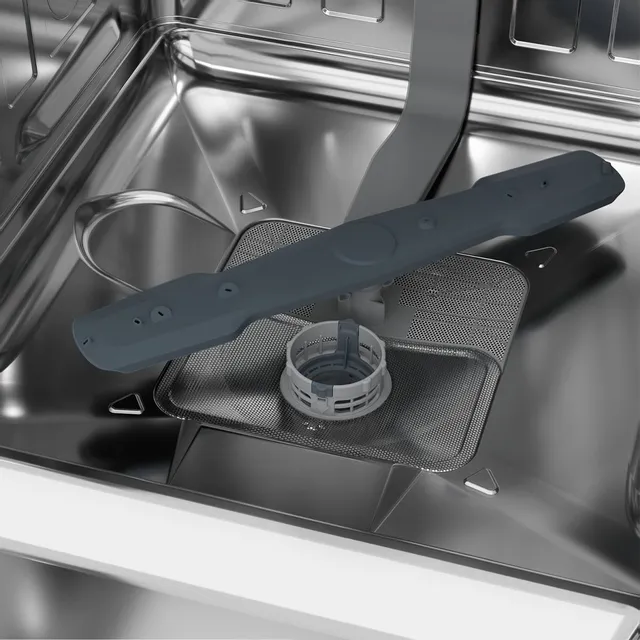
One of the most frequently overlooked areas in a dishwasher is the filter. Depending on how old a model may be, a dishwasher filter will either be built-in or come as a detachable mesh. Either way, lack of maintenance can cause food debris to accumulate in the filter, which can result in a smelly dishwasher and poor wash results, and it can even prevent water from properly draining.
Without adequate drainage, a clogged dishwasher filter will cause water to become stagnant in the bottom tub. Over time, that can lead to overflow, which will leak out from the bottom of the appliance.
We suggest troubleshooting the cause of your dishwasher leaking from bottom yourself since the fix is easy and usually free. Here’s how to clean a clogged dishwasher filter:
- Locate your dishwasher filter at the bottom of the wash tub. Usually, it has a metal mesh cover.
- Then, twist the filter to release it from the tub.
- Once released, run the filter under water to clean it of any food debris. If you wish, you can also clean the filter with dish soap.
- After giving the filter a wash, place it back into its designated area and twist it to lock it in.
- Run your dishwasher on a test cycle to check if leaks still occur.
A Bad Dishwasher Seal
After you’ve cleaned out the dishwasher filter, make sure to do a routine wash to test if the water still leaks. If there is still seepage, the next diagnosis you should do is to check your dishwasher’s seals. Also known as the gaskets, the seals around a dishwasher’s door keep the unit airtight, but over time, they can become brittle and damaged.
In most cases, this is easy to spot, but overall, you’ll want to keep an eye out for splits, crumbling, or any spots where the adhesive lining has come unattached from the dishwasher door. Unfortunately, there isn’t a way to treat just the spots where the leaks are happening; the entire gasket will need to be replaced. But don’t stress it — it’s a pretty simple fix, takes a minimal amount of time, and doesn’t cost a lot. Follow these steps to replace your dishwasher seal:
- Begin by opening the dishwasher door completely and removing the bottom rack — this will make it easier to maneuver around the door.
- Next, grab the gasket at any point and peel it away from the door.
- For optimum adhesion, we recommend cleaning the surface and drying it to prevent any food debris from keeping the new gasket from adhering.
- After a quick clean, take the new gasket and locate the notch in the middle.
- Place the notch in the groove on the top of the door, and work the gasket into the track all around the dishwasher, paying close attention to the corners at the bottom of the door.
- Before replacing the bottom rack, shut the door to check if the gasket needs to be inserted in any area. If it’s good to go, replace the bottom rack.
- Finally, run your dishwasher to check for any leaks.
Regardless of whether replacing the dishwasher gasket was the entire solution, it’s in your best interest to fix that issue once you notice it. All the same, you’ll need to run a test cycle to determine whether a damaged gasket was only the reason for your dishwasher leaking or not.
✅ Estimated cost to replace dishwasher gaskets: $50–$100
A Faulty Dishwasher Float Switch
If a leaky dishwasher still happens even after lining your dishwasher with a new gasket, it’s time to look into possible damage to the components inside your dishwashing machine. We’ll start with one of the easier parts to diagnose, the float switch.
The float switch is a piece of plastic located at the bottom of a dishwasher tub, usually near the filter. The purpose of the float switch is to signal when the tub is full or empty. A properly working float switch moves up and down freely, making a slight clicking noise as it oscillates. If the switch is stuck in the lower position, then a dishwasher will read the signal as “not full” and continue to fill the tub even after it’s filled with water, causing water leakage.
Fixing a float switch in dishwasher machines requires a little more effort, but it’s still perfectly doable for the average homeowner, and replacing the part is cheap. Here’s how to fix a broken float switch:
- Start by removing the kickplate with a screwdriver.
- Next, locate the float switch (it’s usually a white, plastic piece located in the front). You’ll know it’s the switch if it has a trigger that clicks when pressed.
- Once located, disconnect the wire connector, and unscrew the switch. You may have to refer to your model’s manual for specific instructions on how to remove the switch.
- Screw in a new float switch.
- Finally, reconnect the wire connector to the new float switch.
- Then, replace the kickplate on the front of the dishwasher.
After replacing the faulty float switch, make sure to do a routine test to check for any leakage.
✅ Cost to replace a dishwasher float switch: ~$20
A Damaged Dishwasher Hose
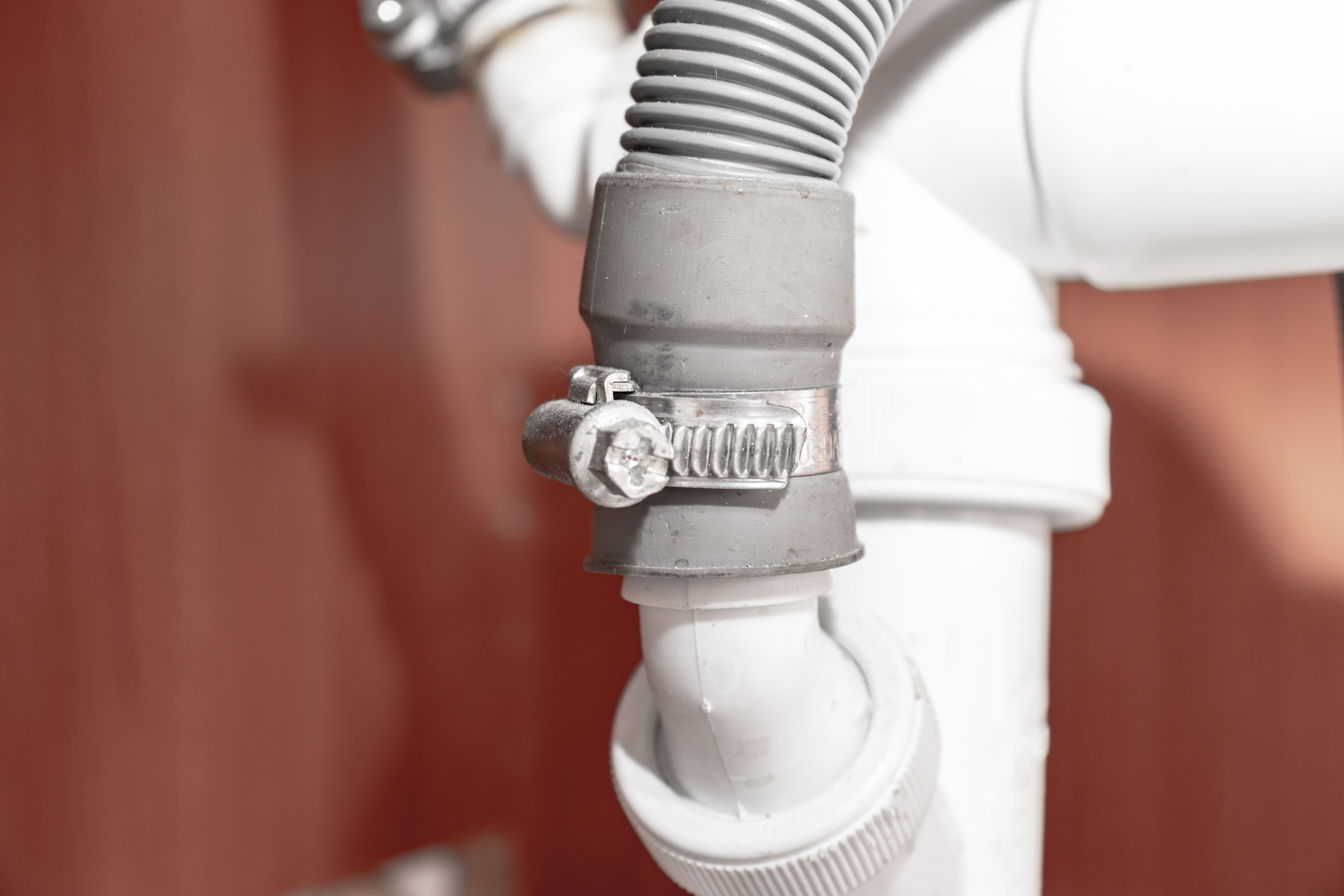
Another area you can check once you’ve removed the front plate is the dishwasher hose. The corrugated lining of this hose is notorious for cracking and kinking, which can lead to water escaping over time. Unfortunately, there’s no way to repair a cracked dishwasher hose. Instead, it has to be replaced entirely.
Here's how to replace a dishwasher hose:
- Begin by removing the kickplate at the bottom of the dishwasher with a screwdriver.
- Once removed, locate the dishwasher hose, and remove it using the appropriate screwdriver. Be aware some water may spill once the hose is removed, so we advise placing a towel beneath the hose to catch any water that escapes.
- After removing the old hose, feed a new one through the sink cabinet into the bottom of the dishwasher.
- Then, clamp the new hose to the water collection chamber, and tighten the screw.
- Next, repeat the process for the connection under the sink, making sure to use a high loop connection and securing the connection with the clamp screw.
- Replace the bottom kickplate.
- Run a test cycle to see if your dishwasher still leaks.
✅ Cost to replace a dishwasher hose: Usually about $50 to $100.
When to Replace a Dishwasher Leaking from the Bottom
Keep in mind that dishwashers are designed to last around 10 years, so if your model is over a decade old, it may be leaking because it’s past its prime. Corrosion along the tub and loud noises when in use are two major indications your dishwashing machine is ready to be replaced. But if you performed the steps above and there is still water leaking from your dishwasher, it’s a sign of a major, potentially expensive repair.
In many cases, replacing your unit altogether is more cost-effective to avoid spending money on servicing. The good news is that dishwashers aren’t the most expensive appliance to replace. Below are three great dishwasher recommendations that are rated highly by users and us, the experts, so you can replace your old dishwasher with one that is reliable.
➤ Beko 24" Fingerprint-Free Stainless Steel Built In Dishwasher
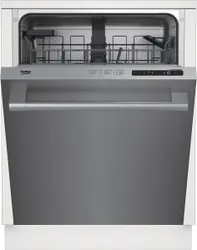
Quiet, roomy, and stylish are three ways we’d describe this Beko dishwasher, which is also one of the top sellers from the brand. This model is designed with ENERGY STAR efficiency and a ProSmart Inverter Motor so that you can count on endurance and smart water use. For good measure, this dishwasher also includes a leak detector, so if there happens to be water escaping, you’ll know the moment it happens. Other perks include an adjustable upper rack for more loading flexibility.
⭐Featured Beko DDT25401X Review:
“This is the best dishwasher I've ever had!”
➤ GE Profile™ 24" Stainless Steel Built In Dishwasher
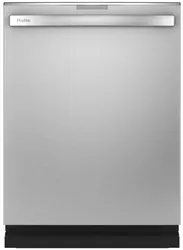
With over 3,500 5-star reviews, this GE Profile dishwasher offers a solid track record that real users recommend. For starters, it’s from a trusted name, but upgrades like a third rack for more dish loading and fan-assisted drying are also perks product testers enjoy. This model also comes with leak sensors, plus active floor protection that contains water messes the moment they happen to save your floors from any possible damage.
➤800 Series 24" Stainless Steel Built In Dishwasher
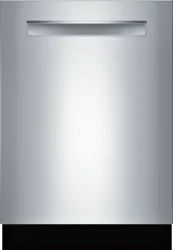
J.D. Power surveys reveal that Bosch is one of the most beloved dishwasher brands on the market, according to consumers, and this 800 Series Bosch dishwasher is no exception with an impressive 96 percent buyer recommendation. This model goes the extra mile to prevent messes and damage from leaks with AquaStop, an exclusive technology that detects leaks as they happen and turns the system off automatically. Did we mention that’s on top of a roomy 16 place setting capacity with a third rack, exclusive PrecisionWash sensors, and a quiet noise rating of 42 decibels?
A dishwasher leaking from bottom is alarming, to say the least, but hopefully, we’ve given you the confidence to fix the problem yourself. Learning how to fix a leaking dishwasher will save you money on repairs and help keep your appliance in tip-top shape throughout its lifetime.
If, for any reason, you’re still having issues with your dishwasher leaking underneath, don’t hesitate to contact Albert Lee to help you solve the issue. Whether you want to replace your unit or fix it, we’re happy to help! Visit us online or in-store today to learn how.
Why Trust Albert Lee?
Since 1939, Albert Lee Appliance, a three-generation, family-owned business, continues to grow and serve the greater Seattle area with quality you can count on and service you can trust. We are proud to have served this community for so long and wouldn’t be here without our loyal customers. There is a reason why we are Washington’s largest independent appliance dealer, and it’s not a secret. Simply put: We have the experience. We are the original appliance experts for over eight decades (and counting).
Shop Dishwashers at Albert Lee
At Albert Lee Appliance, we provide quality name-brand appliances for great prices. Shop dishwashers online or visit us today at one of our six locations in Puget Sound, WA. In the meantime, browse our website to shop Albert Lee appliance sales and check out Albert Lee appliance reviews online to ensure every purchase is an informed one. More available than ever, our experts at Albert Lee Appliance are always happy to help you find the solution to a dishwasher leaking from bottom, whether you call us or use our online chat feature. Contact us today!
Learn More: How to Clean a Smelly Dishwasher
